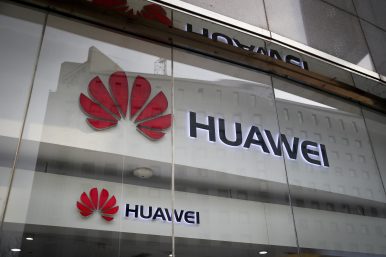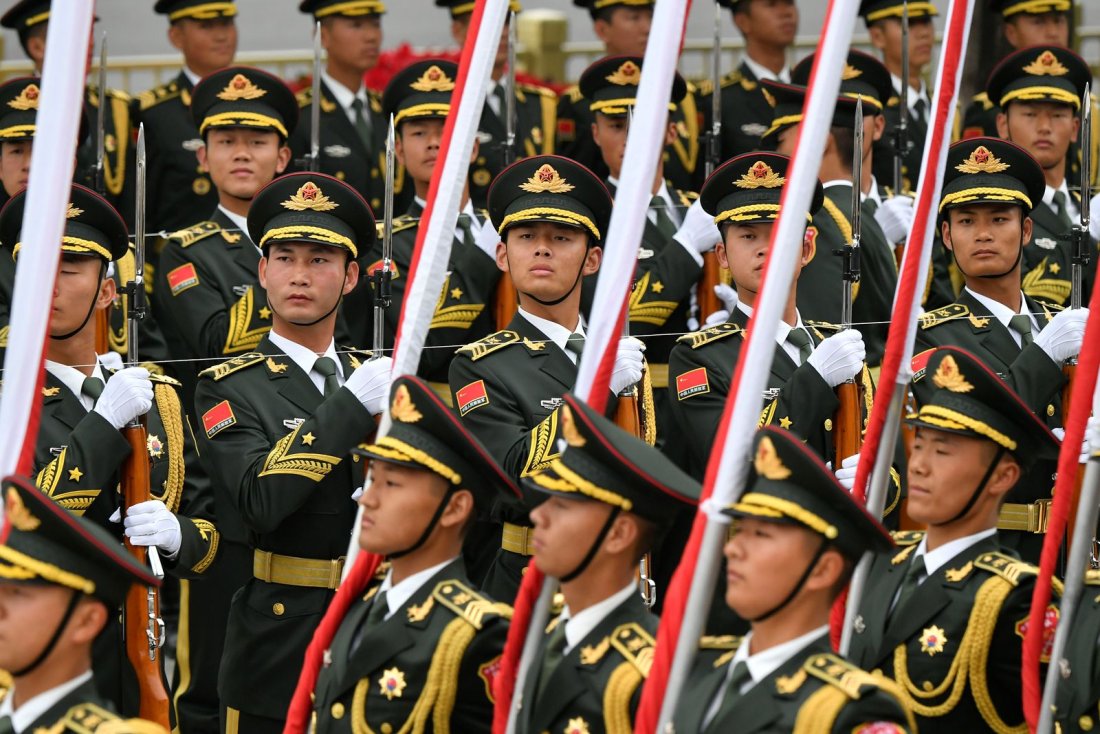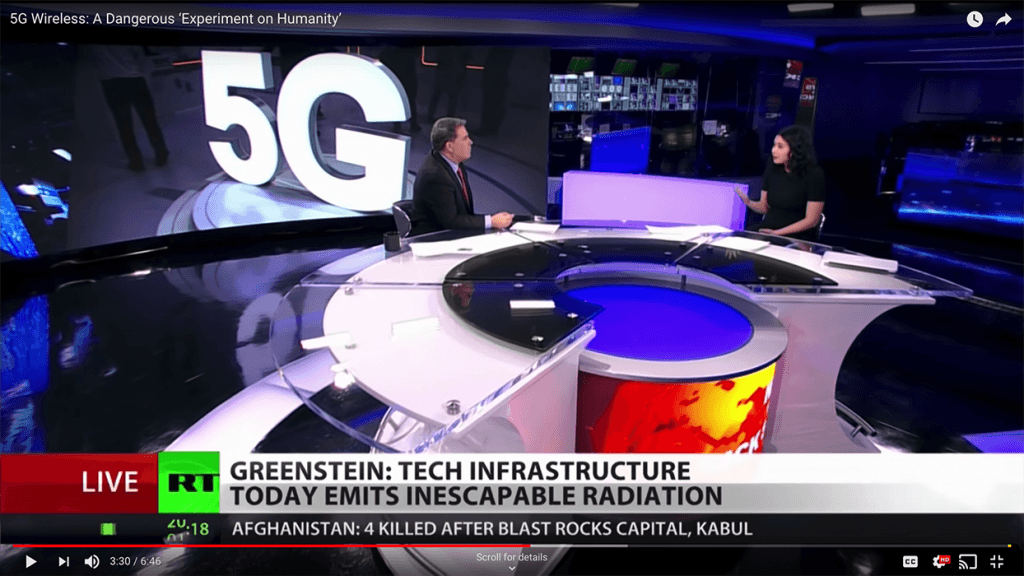 The prospects of a U.S.-India trade war — which would be marked by U.S. tariffs on a wide range of Indian imports — will hinge on the outcome of a possible U.S. investigation into India's trade practices. India, which recognizes it's a lower priority in U.S. trade negotiations, will be more likely to negotiate a trade package once a new government is formed after its national elections conclude later this month. If India chooses to continue buying Iranian oil, it will buy a reduced amount under a rupee-based payment mechanism to avoid U.S. sanctions.
The prospects of a U.S.-India trade war — which would be marked by U.S. tariffs on a wide range of Indian imports — will hinge on the outcome of a possible U.S. investigation into India's trade practices. India, which recognizes it's a lower priority in U.S. trade negotiations, will be more likely to negotiate a trade package once a new government is formed after its national elections conclude later this month. If India chooses to continue buying Iranian oil, it will buy a reduced amount under a rupee-based payment mechanism to avoid U.S. sanctions.
There's nothing like a common rival to bring two countries together — at least on defense. India and the United States, both eyeing China's rise with concern, are moving closer militarily. Their common strategic interest in countering China, however, does not equal an alignment on other issues: The United States is pushing India to further open its markets to American commerce, halt purchases of Iranian oil and ease recent e-commerce regulations that could impede foreign investment. The demands, in fact, have even fueled speculation that India could emerge as a new front in U.S. President Donald Trump's trade war.
The Big Picture









/arc-anglerfish-arc2-prod-mco.s3.amazonaws.com/public/77DLVOB4D5GERMRJMHKU6RIZGU.png)
